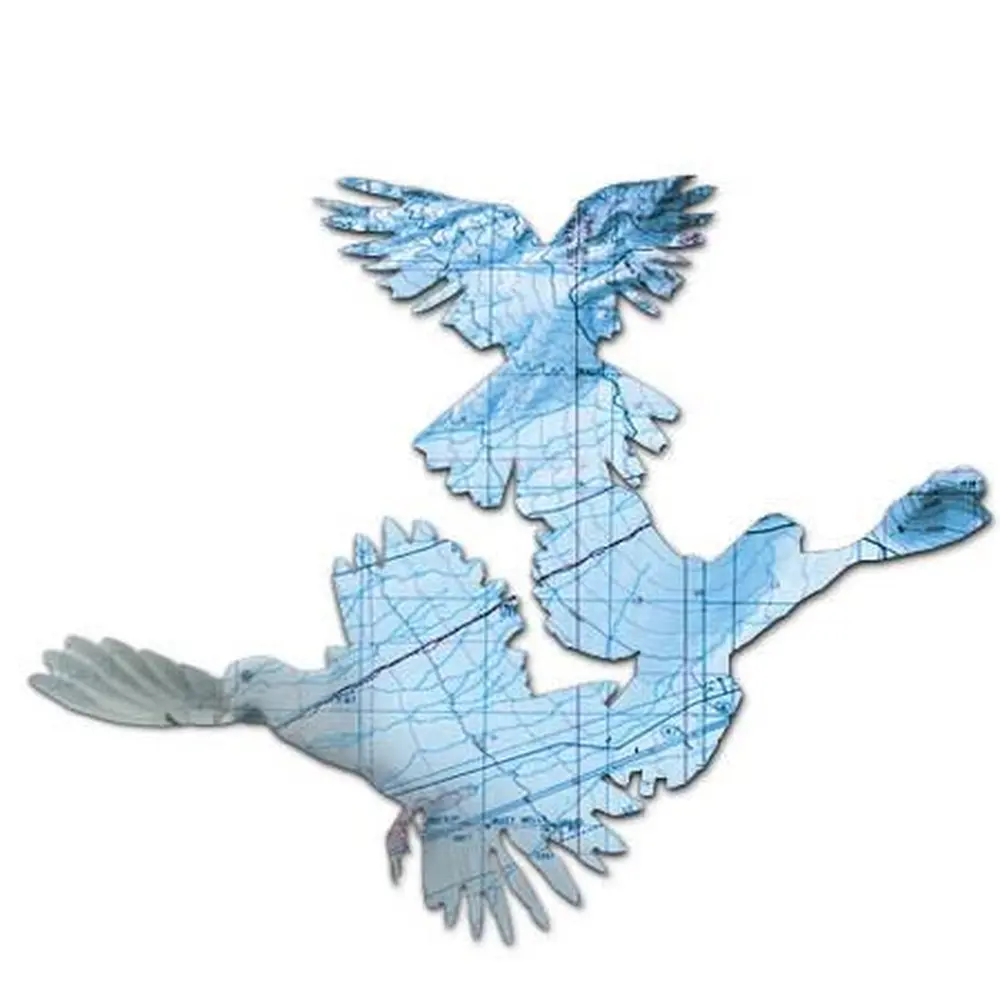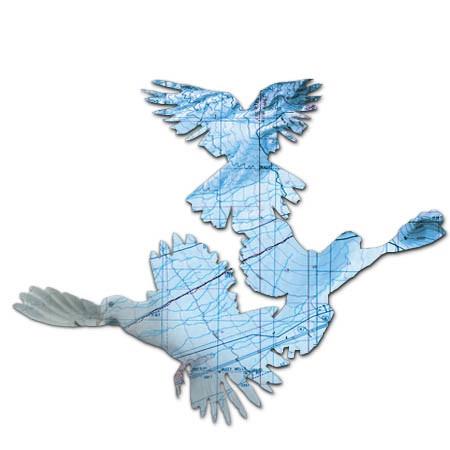

Research begun at LAS has determined the long-mysterious mechanism of an internal compass that helps migratory birds navigate north each spring and south each fall.
In the 1970s, Klaus Schulten, now a Swanlund Professor of Physics and a professor of chemistry and biophysics and computational biology, had discovered that a simple door magnet could alter biochemical reactions called radical-pair reactions, and he had proposed that the reactions underlay migratory birds' ability to sense the earth's magnetic field. But at the time, biologists believed that magnetic sensing relied on tiny iron-containing crystals that acted like compass needles.
By the late 1990s, new evidence forced biologists to "take our suggestions very seriously," Schulten says. For example, radical-pair reactions are light-dependent, and birds turned out to need light to distinguish north from south. In 2000, Schulten and Thorsten Ritz, then a graduate student in his laboratory, published calculations predicting how a newly identified light-sensing protein called cryptochrome could carry out a radical-pair reaction and help birds "see" the earth's magnetic field.
In work published this year in Nature, Ritz, now an assistant professor at the University of California, Irvine, led a team that confirmed Schulten's hypothesis. When the researchers subjected European robins to radio waves that alter radical-pair reactions but don't affect tiny iron crystals, the birds became disoriented and headed off in all directions. Next, Ritz wants to pinpoint the workings of the organ that senses magnetism-the "equivalent of the eye," he says. And Schulten is conducting test-tube experiments to prove that cryptochromes can detect the earth's magnetic field.